Anna Maria Island is a bird-watcher’s paradise located in Florida, USA. What makes this tropical location so special are the variety of bird species it hosts.
With its beautiful white-sandy beaches, surrounded by crystal-clear waters and lush vegetation, it’s no surprise that this place attracts a large number of migratory birds every year, as well as several native species.
From pelicans, seagulls, and herons to some of the rarest bird species in the world, Anna Maria Island offers something for every bird enthusiast.
The diverse bird population in Anna Maria Island makes it an amazing destination for bird watchers to indulge themselves in the beauty of nature while observing some of the most captivating and majestic birds in the world.
1. Osprey
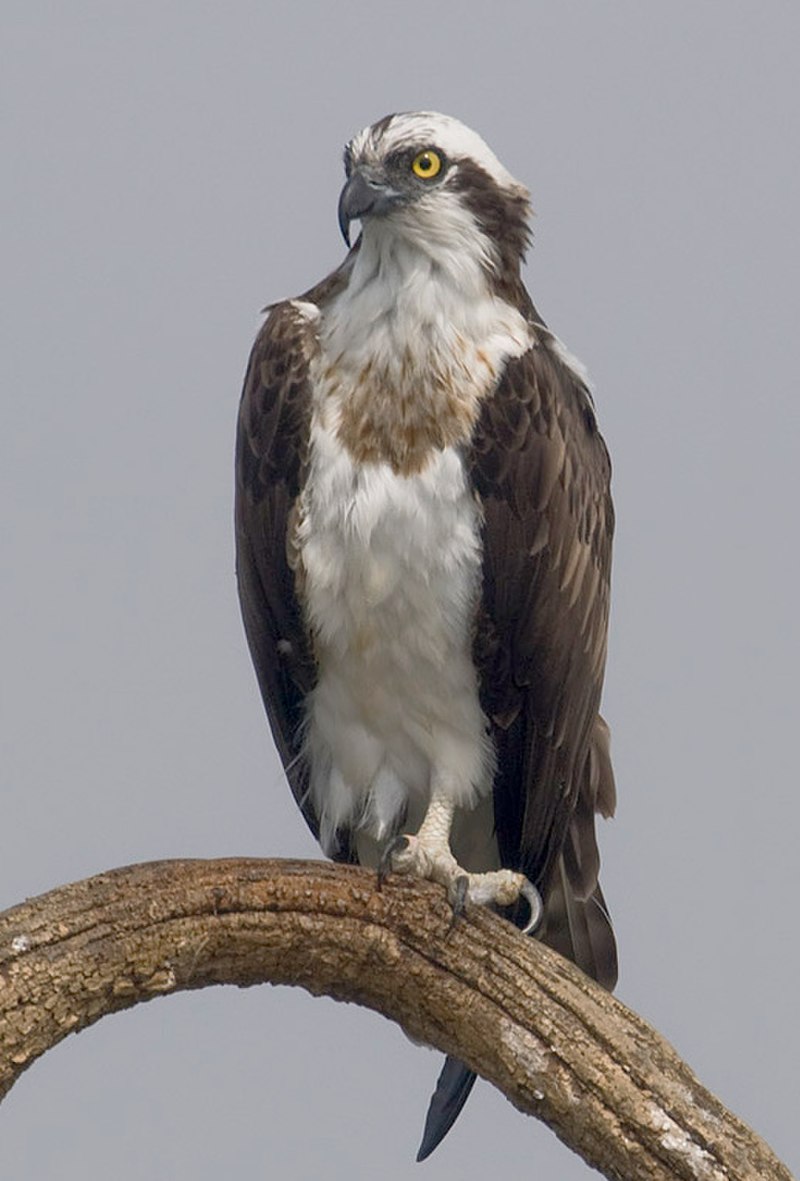
The Osprey is a majestic bird of prey with an incredibly wide habitat range. It has distinctive brown upperparts and greyish head and underparts, making it easily identifiable in the skies above many regions across the world.
With a wingspan of up to 180cm (71in) and body length reaching 60cm (24in), this large raptor specializes in hunting for fish, soaring high over rivers as well as coasts searching for its next meal.
Despite living near water sources, they can also be found inhabiting mountainsides or even woodlands, proving their incredible adaptability. An impressive species that truly deserves admiration.
Scientific classification:
| Kingdom | Animalia |
| Phylum | Chordata |
| Class | Aves |
| Order | Accipitriformes |
| Family | Pandionidae |
| Genus | Pandion |
| Species | P. haliaetus |
Also Featured In: Most Popular Bird Species in North America, Ukrainian Birds You Should Know
2. American White Ibis
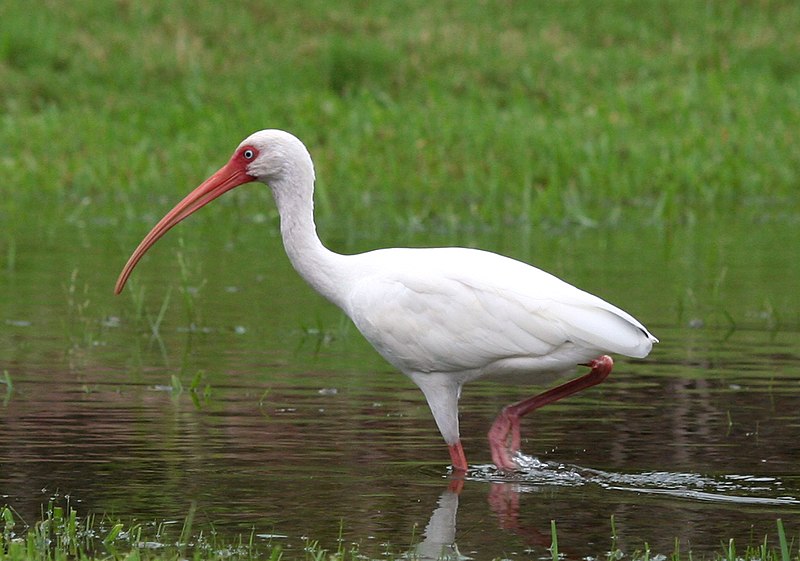
The American white ibis is a medium-sized bird with an overall white plumage and long legs. It has a bright red-orange downward curved bill, and black wing tips that are usually only visible in flight.
This species of ibis can be found from Virginia south through most of the coastal New World tropics.
They have been known to inhabit marshes, swamps, ponds, lakeshores as well as mangrove forests near water sources where they feed on crustaceans such as crabs and shrimp among other aquatic animals like insects or snails.
The American white ibis plays an important role in its ecosystem by helping to control insect populations which helps maintain balance within these environments.
Scientific classification:
| Kingdom | Animalia |
| Phylum | Chordata |
| Class | Aves |
| Order | Pelecaniformes |
| Family | Threskiornithidae |
| Genus | Eudocimus |
| Species | E. albus |
Also Featured In: Top Birds Found in Mexico, Swamps Birds You Should Know
3. Cormorants
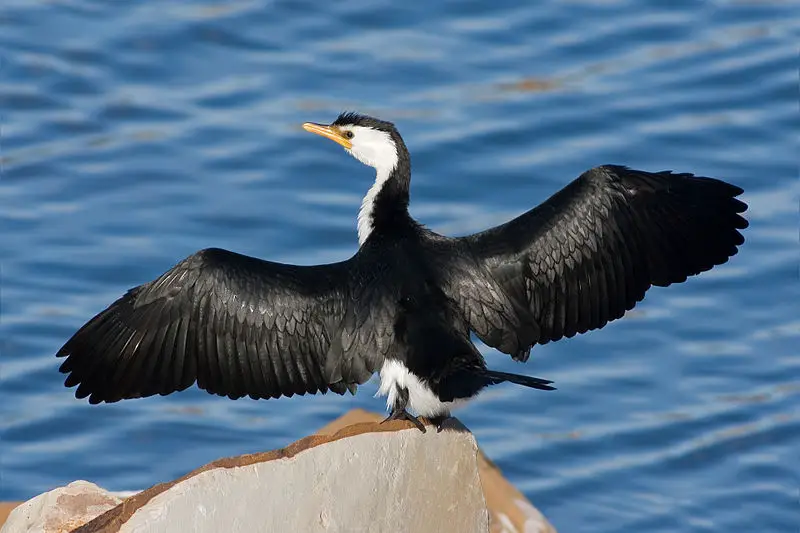
Cormorants are a family of aquatic birds found around the world. They include 40 species, such as great cormorants and common shags.
In Britain, these two species are the most commonly seen in their natural habitats.
Cormorants have long necks, webbed feet and can be identified by their glossy black feathers which they use to help them swim through water with ease as they hunt for food like fish or crustaceans.
They have an impressive wingspan often reaching up to five feet across when fully extended.
Despite being strong swimmers, these birds also enjoy spending time perched on rocks near rivers or shorelines where they will preen themselves in order to keep clean and dry during cooler weather conditions.
Scientific classification:
| Kingdom | Animalia |
| Phylum | Chordata |
| Class | Aves |
| Order | Suliformes |
| Family | Phalacrocoracidae Reichenbach, 1850 |
Also Featured In: Most common Birds in France, Flocks Birds around Us
4. Spoonbills
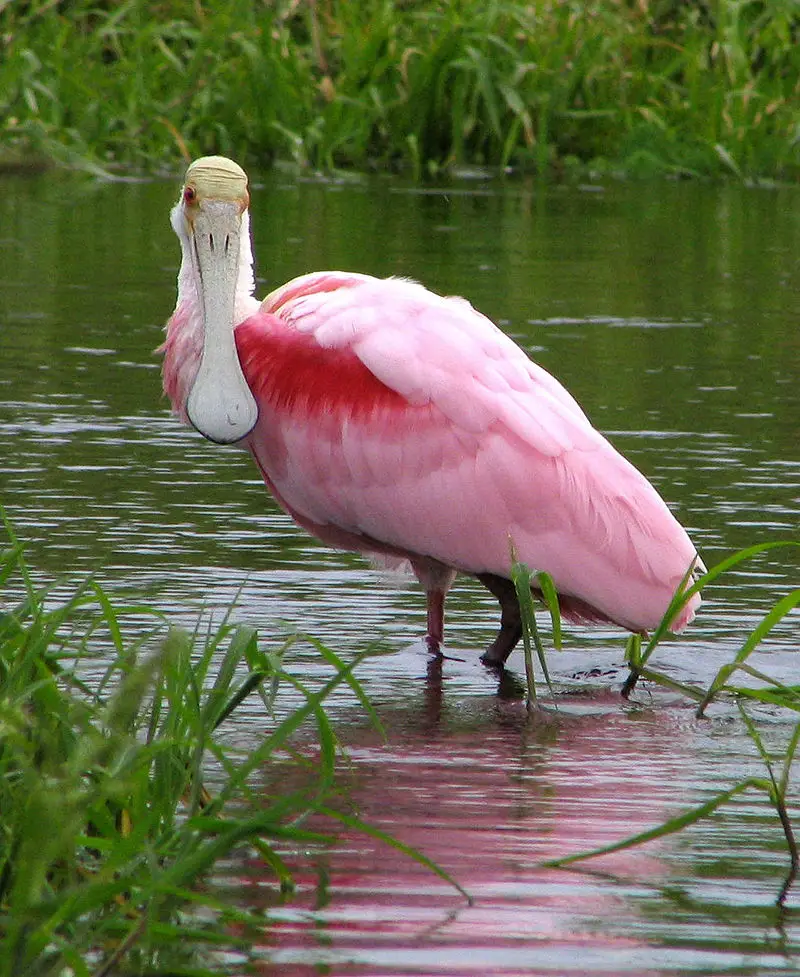
Spoonbills are large wading birds belonging to the genus Platalea. Characterized by their long legs and distinctive spoon-shaped beaks, these birds can be found all over the world except Antarctica.
The name of this genus derives from Ancient Greek meaning “broad”, referring to their bill’s shape.
There are six species of Spoonbill recognized – though they usually form a single group, sometimes it is divided into three genera.
These graceful creatures feed mainly on small aquatic organisms such as insects and fish which they catch with an open-mouth technique while sweeping through shallow waters in search for food.
They typically breed near water bodies during springtime when there’s plenty of food available around them.
Scientific classification:
| Kingdom | Animalia |
| Phylum | Chordata |
| Class | Aves |
| Order | Pelecaniformes |
| Family | Threskiornithidae |
| Subfamily | Plataleinae |
| Genus | Platalea Linnaeus, 1758 |
Also Featured In: Birds of South African, Birds Found in Hungary
5. Stork
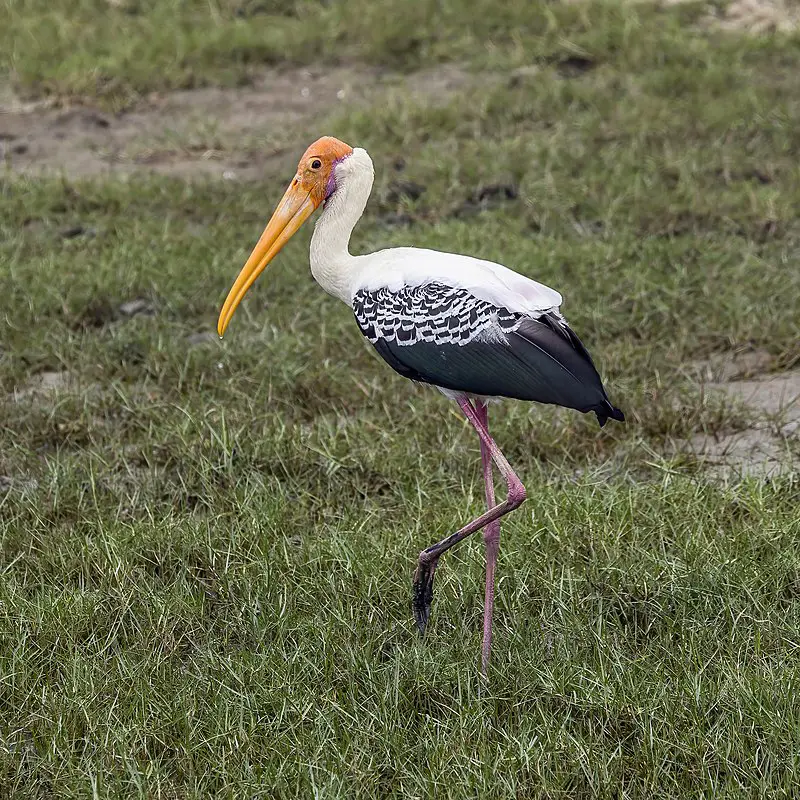
Storks are majestic birds, easily recognizable with their long necks and legs. They belong to the family Ciconiidae, making up the order Ciconiiformes.
Storks inhabit many areas around the world but generally prefer drier habitats than other wading birds like herons or ibises which have been moved to separate orders.
Despite being large in size they can be quite graceful in flight as well as when hunting for food such as insects, small mammals and reptiles near shallow waters.
During nesting season stork pairs build nests on high trees or platforms made of sticks and twigs where they lay eggs that hatch after about a month of incubation time by both parents taking turns sitting on them warmly until hatching day.
Scientific classification:
| Kingdom | Animalia |
| Phylum | Chordata |
| Class | Aves |
| Clade | Aequornithes |
| Order | Ciconiiformes Bonaparte, 1854[1] |
| Family | Ciconiidae J. E. Gray, 1840[1] |
Also Featured In: Native South Korean Birds, Birds of Sweden
6. Great Blue Heron

The Great Blue Heron is a majestic wading bird found in many parts of North America, Central America, the Caribbean and even as far away as the Galapagos Islands.
It has an impressive wingspan which can reach up to six feet wide. Its feathers are mainly bluish-gray with brownish streaks on both its neck and chest while its head displays white plumes.
The adult herons can also be identified by their yellow bill and legs.
They live near bodies of water such as lakes, marshes or rivers where they feed on fish using a spear like motion with their sharp bills.
An all-white population exists only in south Florida and the Florida Keys making it quite unique.
Scientific classification:
| Kingdom | Animalia |
| Phylum | Chordata |
| Class | Aves |
| Order | Pelecaniformes |
| Family | Ardeidae |
| Genus | Ardea |
| Species | A. herodias |
Also Featured In: Common Birds in Canada, Birds That Live in Colorado
7. Roseate Spoonbill
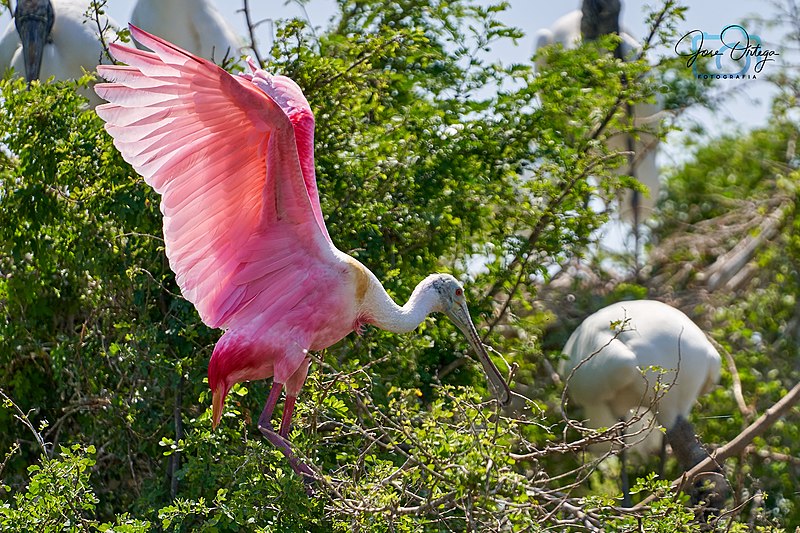
The Roseate Spoonbill is a beautiful and majestic bird found in both North and South America.
It belongs to the ibis family, Threskiornithidae, and its vibrant pink colour comes from canthaxanthin pigment derived from their diet of crustaceans like shrimp.
Sadly plume hunting has almost driven this species close to extinction during the 18th and 19th centuries but fortunately it’s making a comeback due to conservation efforts made by dedicated wildlife organisations.
Its large spoon-like bill helps them filter out food sources such as small fish or frogs from shallow water areas while they wade through mudflats with their long legs looking for something tasty.
With its unique appearance, graceful wingspan amd impressive flight capabilities, the Roseate Spoonbill is an incredibly photogenic animal that will captivate any viewers attention who happen to be lucky enough witness it in all its glory.
Scientific classification:
| Kingdom | Animalia |
| Phylum | Chordata |
| Class | Aves |
| Order | Pelecaniformes |
| Family | Threskiornithidae |
| Genus | Platalea |
| Species | P. ajaja |
Also Featured In: Costa Rica Birds, Famous Paintings Birds
8. Snowy Egret
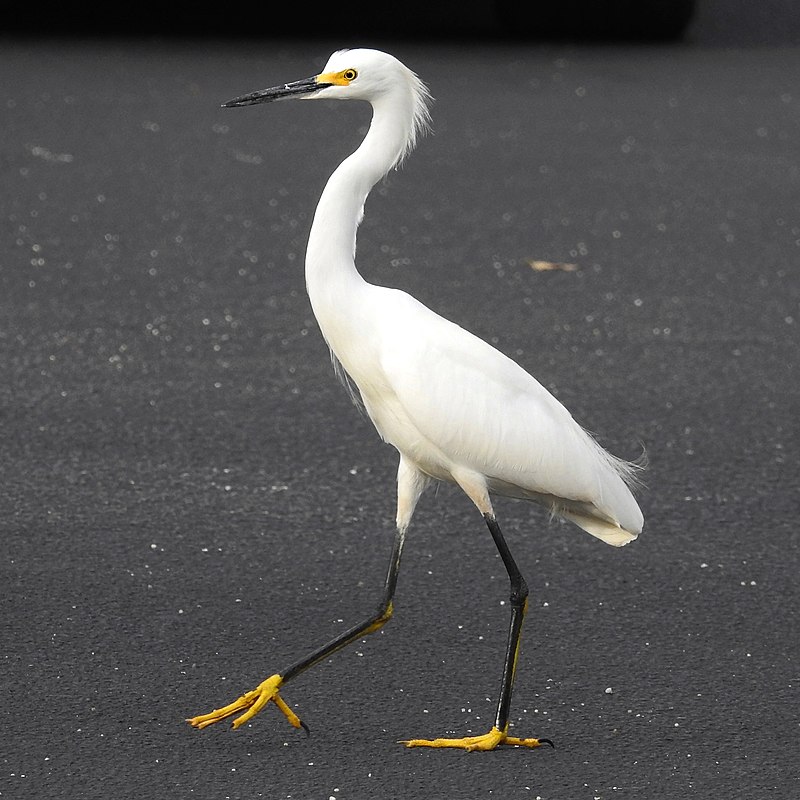
The Snowy Egret is a small white heron native to North America. Its scientific name, Egretta thula, comes from Provençal French for the little egret and an incorrect reference to the Black-necked Swan by Chilean naturalist Juan Ignacio Molina in 1782.
This beautiful bird has black legs with yellow feet, and a long plume of feathers on its head that often appears as if it’s wearing a crown.
It feeds primarily on insects and aquatic life like fish or frogs making it well adapted for both wetland habitats such as marshes or swamps plus coastal areas close to shorelines.
With their graceful movements they are truly delightful creatures to observe while out exploring nature.
Scientific classification:
| Kingdom | Animalia |
| Phylum | Chordata |
| Class | Aves |
| Order | Pelecaniformes |
| Family | Ardeidae |
| Genus | Egretta |
| Species | E. thula |
Also Featured In: Trinidad and Tobago birds, Birds that Live in the Deserts
9. Laughing Gull
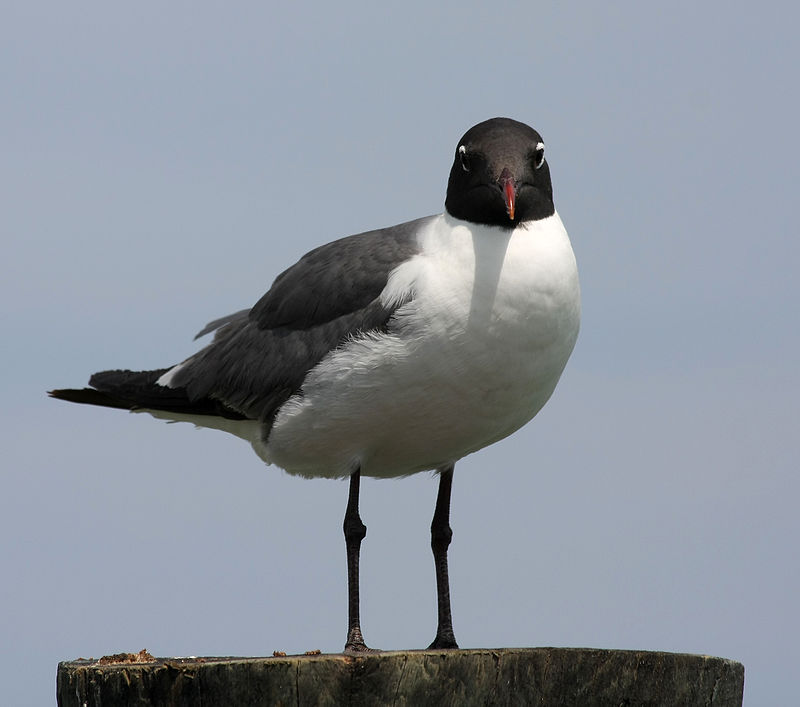
The Laughing Gull is a medium-sized bird with gray wings, black head and white underparts. It has bright red legs and bill which make it easily distinguishable from other gulls.
The name comes from its unique laughing call which can be heard in coastal areas throughout the Americas where they breed. They are opportunistic omnivores that feed on fish, carrion, insects or even garbage when available.
During breeding season these birds form large colonies along the Atlantic coast of North America as well as parts of northern South America and Caribbean islands.
There are two subspecies; L megalopturus found in Canada to Central America while L atricilla inhabits rest of their range..
These species have become more common inland due to human settlement near coasts creating ideal habitat for them but also making them scavengers around urban areas.
Scientific classification:
| Kingdom | Animalia |
| Phylum | Chordata |
| Class | Aves |
| Order | Charadriiformes |
| Family | Laridae |
| Genus | Leucophaeus |
| Species | L. atricilla |
Also Featured In: Gulls Species, Birds You’ll Find in South Texas
10. Sandpiper
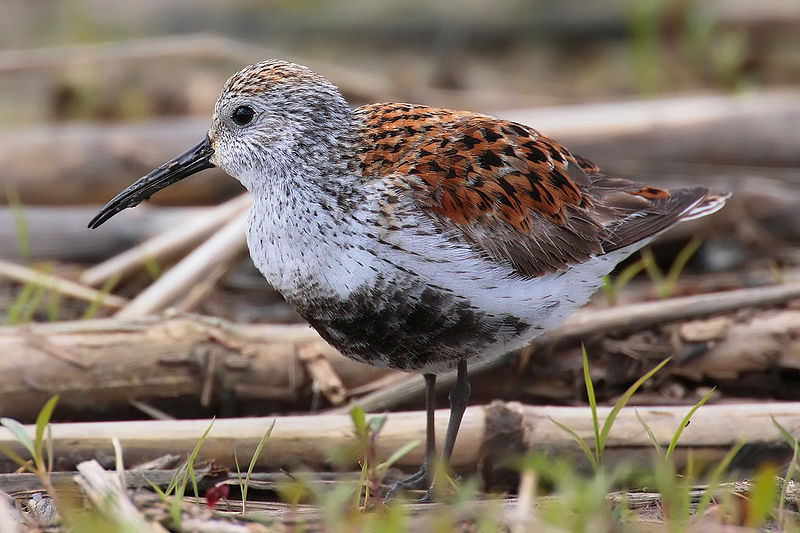
Sandpiper is a type of wading bird that belongs to the family Scolopacidae. It is a diverse family that includes various species such as curlew and snipe.
Sandpipers have different bill lengths that allow them to feed on small invertebrates and creatures found in mud or soil.
Due to this diversity, different species can coexist in the same habitat without competing for food.
Sandpipers are commonly found near the coast but are also found in other wetland environments.
They are known for their slender legs, long beak, and streamlined body that enables them to move easily in and out of water.
Sandpipers are a unique and fascinating bird species that are interesting to observe in their natural habitat.
Scientific classification:
| Kingdom | Animalia |
| Phylum | Chordata |
| Class | Aves |
| Order | Charadriiformes |
| Suborder | Scolopaci |
| Family | Scolopacidae Rafinesque, 1815 |
Also Featured In: Birds You’ll Find in the Sea, Turkey Birds You Should Know
11. Brown Pelican

The majestic brown pelican is a dive-feeding bird that belongs to the pelican family. It is one of the three pelican species found in the Americas and is known to dive into water to catch its prey.
From the Atlantic Coast of New Jersey to the mouth of the Amazon River, and along the Pacific Coast from British Columbia to northern Chile, including the Galapagos Islands, this bird can be found.
Its scientific name is Pelecanus occidentalis, and it has a colored brown plumage, which is its distinct characteristic.
The brown pelican belongs to the largest bird species that exist today, with a wingspan that can stretch up to seven feet long.
This bird helps maintain a balance in the ecosystem by eating smaller fish, crustaceans, and other aquatic prey.
Scientific classification:
| Kingdom | Animalia |
| Phylum | Chordata |
| Class | Aves |
| Order | Pelecaniformes |
| Family | Pelecanidae |
| Genus | Pelecanus |
| Species | P. occidentalis |
Also Featured In: Water Birds Live around Us, Flight Birds You Should Know
12. Anhinga
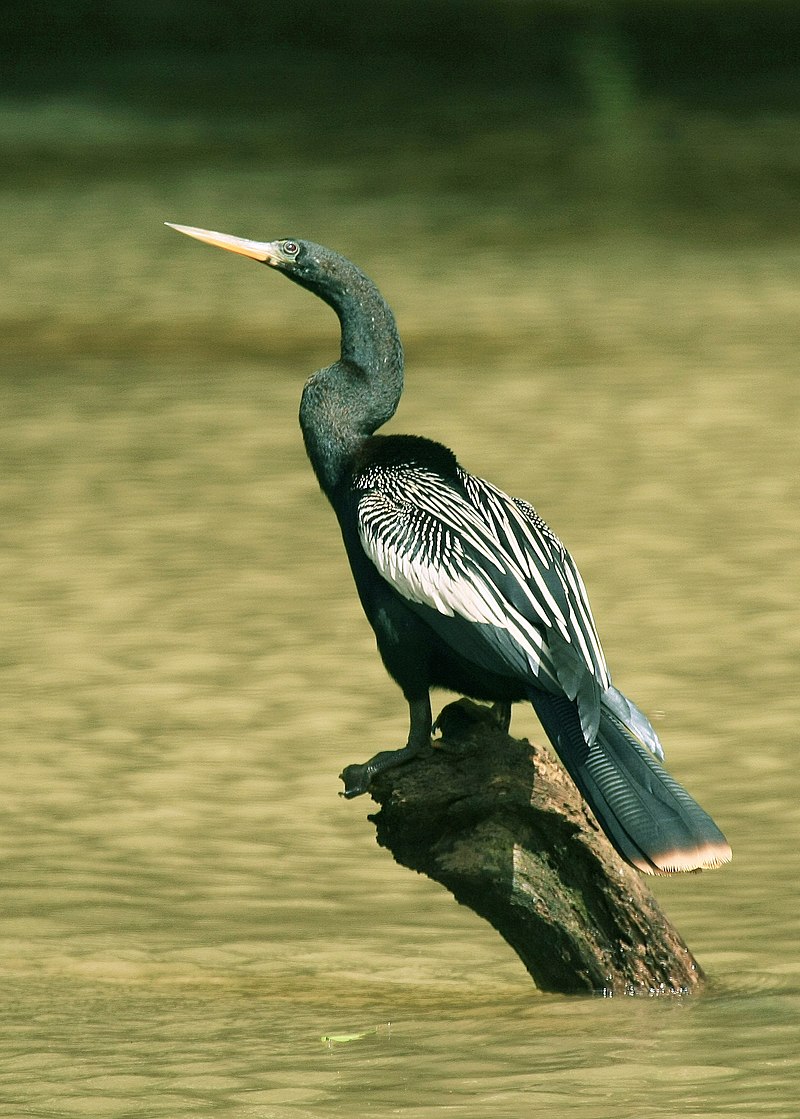
The Anhinga is a water bird found in the warmer parts of the Americas. It is sometimes called the snakebird, American darter, or water turkey.
The bird’s name comes from the Brazilian Tupi language and means “devil bird” or “snake bird.” When swimming, only the Anhinga’s neck appears above water, giving the appearance of a ready-to-strike snake.
It is a skilled swimmer and hunter, using its sharp beak to catch fish underwater. The Anhinga is easily recognizable by its long neck, sharp beak, and distinctive coloring of black and white feathers.
Its ability to dry its wings quickly after diving is unique among water birds, as it lacks the natural oils that make feathers waterproof.
The Anhinga is an important member of its ecosystem, helping to control fish populations and serving as prey for larger predators.
Scientific classification:
| Kingdom | Animalia |
| Phylum | Chordata |
| Class | Aves |
| Order | Suliformes |
| Family | Anhingidae |
| Genus | Anhinga |
| Species | A. anhinga |
Also Featured In: Everglades Birds, Birds that Live around Central Florida